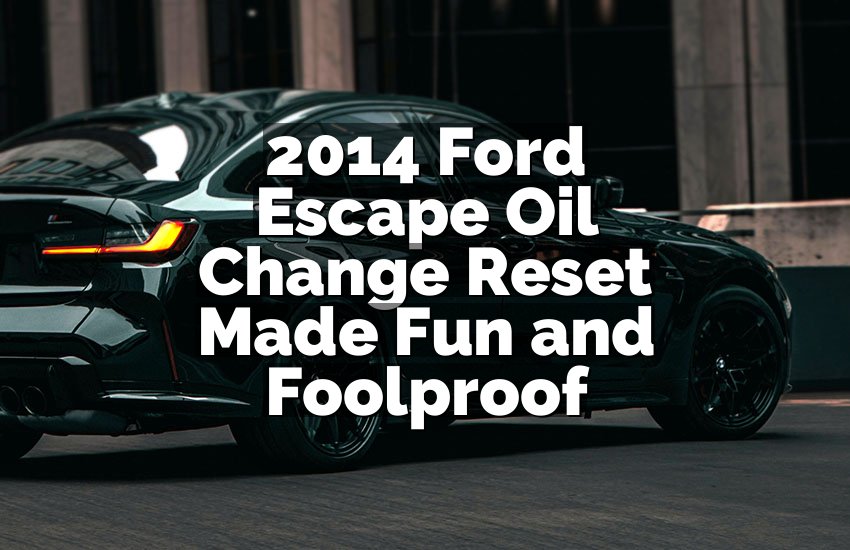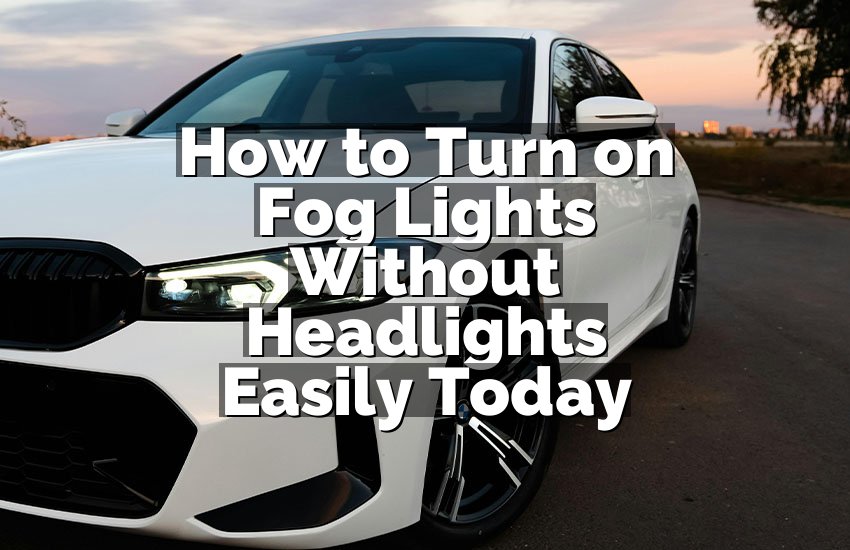You might have seen the “N” on your car’s gear shift and wondered what it’s for. That “N” stands for Neutral, and it’s an important part of your car’s gear system. Neutral gear disconnects the engine from the wheels, letting the car roll freely without engine power.
Knowing when to use Neutral can help you drive more smoothly and safely. In this blog post, we’ll explore what Neutral gear does and offer tips on when it’s best to use it.
Whether you’re dealing with a long stoplight or planning to tow your car, understanding Neutral gear can make a big difference. Let’s break it down and see how this simple gear can impact your driving.
What is Neutral Gear in a Car?
Neutral gear is a setting on your car’s transmission. When your car is in neutral, it means the engine is not connected to the wheels. This lets the wheels move freely without power from the engine. Think of it like your car is in a stand-by mode. The engine can run, but it doesn’t make the car move.
You use neutral gear when you want to stop the car but keep the engine running. For example, when you are at a red light or in a traffic jam, you might put the car in neutral. This saves you from holding the brake pedal for a long time.
Neutral gear is also used in certain situations like when you need to push your car if it breaks down or if you need to roll it downhill. However, it’s important not to use neutral gear while driving on the highway because it can make it harder to control your car. When you’re driving, you should keep your car in gear to ensure it responds properly to the gas and brakes.
So, neutral gear is helpful for some situations, but it’s not meant to be used all the time. It’s all about knowing when to use it to make your driving experience smoother and safer.
How Neutral Gear Affects Your Car’s Performance
Impact on Engine and Transmission
Neutral gear has a unique effect on your car’s engine and transmission. When you shift into neutral, the engine is still running, but it’s not sending power to the wheels. This means that while the engine continues to work, the car is free to roll without the engine’s influence.
It’s like putting your car in a “rest” mode where it can move but doesn’t use engine power to do so. This can be useful in some situations, like when you’re stopped at a red light and don’t want to keep your foot on the brake.
Effects on Fuel Efficiency
Putting your car in neutral doesn’t always save fuel. Some people think that it will help them use less gas, but that’s not entirely true. Modern cars are designed to be efficient even when they’re in gear.
When you’re coasting downhill in gear, the engine uses less fuel because it can cut off fuel supply to the engine. But in neutral, the engine has to use more fuel to keep running. So, while it may seem like a good way to save gas, it might not be as effective as you think.
Control and Safety Concerns
Using neutral gear while driving can affect your control over the car. When you’re in neutral, you don’t have direct control over the car’s speed because the engine isn’t providing power to the wheels.
This can make it harder to accelerate quickly if you need to, and it can also make braking less effective. For example, if you’re driving downhill in neutral, the car can gain speed quickly, making it harder to stop safely.
When to Use Neutral Gear
Neutral gear can be useful in certain situations. For example, if you’re waiting in a long line of traffic or at a long red light, putting the car in neutral can be more comfortable. It can also be helpful if you need to push or tow the car.
However, it’s important to use neutral gear correctly. Don’t use it while driving on highways or steep hills, as it can make driving more dangerous and less controlled.
Overall, neutral gear has its place in driving but should be used wisely. It’s great for certain situations but can affect your car’s performance and safety if used incorrectly.
When Should You Use Neutral Gear?
Neutral gear is useful in some situations, but not all the time. Let’s look at when it’s okay to use it and when you should avoid it.
First, neutral gear can be handy when you’re stopped for a while, like at a long red light or in a traffic jam. If you’re stuck in one place for a bit, putting your car in neutral can make it easier on your foot and your brakes. You don’t have to keep pressing the brake pedal, which can be more comfortable.
Another time to use neutral gear is when you need to push your car. If your car breaks down and you need to move it a little, putting it in neutral allows you to roll it without using the engine. It’s also helpful when you need to tow your car, as it allows the wheels to spin freely.
However, there are times when you should avoid using neutral gear. For example, when you’re driving downhill or on the highway, it’s best to keep your car in gear. When you’re in gear, the engine helps you control your speed and makes it easier to stop if you need to. If you’re in neutral, the car can pick up speed quickly, and you might have a harder time controlling it.
Also, don’t use neutral gear while driving through curves or turns. It’s important to have control of your car’s speed and power when you’re turning. Neutral gear can make the car feel less stable and harder to handle.
In summary, neutral gear is useful for short stops or moving a stationary car, but it’s not the best choice for driving on slopes or during turns. Use it wisely to make your driving experience smoother and safer.
Common Misconceptions About Neutral Gear
Neutral Gear Saves Fuel
A common myth is that putting your car in neutral will save fuel. Some people think that by switching to neutral, they use less gas. But that’s not always true. Modern cars are designed to be fuel-efficient even when they’re in gear. When you’re driving and your car is in gear, the engine can cut off the fuel supply when you’re coasting, which helps save fuel. In neutral, the engine still needs fuel to keep running. So, while it might seem like a good idea, it doesn’t always save you money at the pump.
Neutral Gear is Safe for All Driving Conditions
Another misconception is that neutral gear is safe for all driving situations. People might think it’s fine to use neutral while driving downhill or through curves. But this isn’t a good idea. When your car is in neutral, you lose some control over your speed and braking. It’s harder to accelerate quickly if needed and the car can pick up speed too fast. For safety, it’s better to keep your car in gear, especially on slopes or while turning.
You Should Use Neutral Gear to Stop Quickly
Some drivers believe that using neutral gear can help them stop their car more quickly. However, this is not true. When your car is in neutral, you can’t use engine braking, which is a way of slowing down the car by reducing the engine’s power. Without engine braking, you rely only on the brakes, which can wear them out faster and make stopping less smooth. Keeping the car in gear and using the brakes properly is the best way to stop safely.
In summary, neutral gear has some common myths attached to it. It doesn’t save fuel as much as people think, isn’t always safe for all driving conditions, and doesn’t help you stop more quickly. Knowing these misconceptions can help you use neutral gear more wisely and drive more safely.
Are these Questions in Your Mind?
Is it okay to shift into neutral while driving on a flat road?
No, it’s not recommended. Shifting into neutral while driving on a flat road can reduce your control over the car. It’s better to keep your car in gear to maintain proper control and responsiveness.
Can I use neutral gear to help with parking on a slope?
No, it’s not a good idea. While neutral gear allows the car to roll, it doesn’t provide the control needed for parking on a slope. Always use the parking brake to secure your car when parking on a hill.
Is it safe to coast in neutral on the highway?
No, it’s not safe. Coasting in neutral on the highway can make it harder to accelerate and control your car. It’s important to stay in gear to ensure you have full control of your vehicle.
Can shifting to neutral while driving help with fuel economy?
Not really. While some believe it saves fuel, modern cars are designed to be fuel-efficient in gear. Coasting in neutral doesn’t provide significant fuel savings and can be risky.
Do I need to shift to neutral when starting the car?
No, you don’t need to. Most cars are designed to start in gear, so you don’t have to shift to neutral before starting the engine. Just make sure the car is in park or neutral if it has an automatic transmission.
Is it okay to use neutral while waiting in a long drive-thru line?
Yes, it’s fine. Putting your car in neutral while waiting in a long drive-thru can help reduce brake wear and make it more comfortable for you.
Can I use neutral gear to reduce engine load during traffic jams?
Not really. While it might seem helpful, using neutral gear in traffic jams can reduce your control and responsiveness. It’s better to keep the car in gear and use the brakes.
Do I need to put the car in neutral when towing it?
Yes, you usually do. When towing a car, especially with an automatic transmission, putting it in neutral helps prevent damage to the transmission. Always check the car’s manual for specific towing instructions.
Is it okay to shift into neutral while approaching a stop sign?
It’s not ideal. Shifting into neutral while approaching a stop sign can reduce your control and make it harder to accelerate if needed. Keep the car in gear and use the brakes to come to a smooth stop.
Can I use neutral to help with engine overheating?
No, using neutral won’t help with engine overheating. If your engine is overheating, you should pull over safely and turn off the engine to let it cool down. Check for any issues with the cooling system.
I hope this helps you understand neutral gear in a car. Neutral gear lets your car roll freely without engine power. It is good to use when you are parked, or if you need to tow your car. Avoid using it while driving on the road because it can be unsafe. Always use it carefully.


